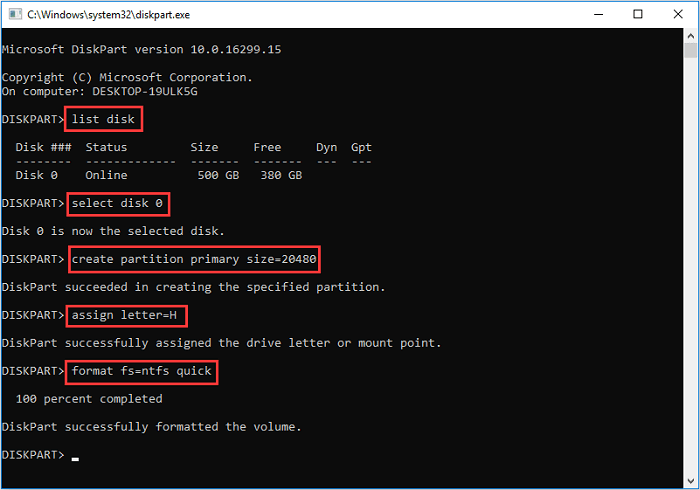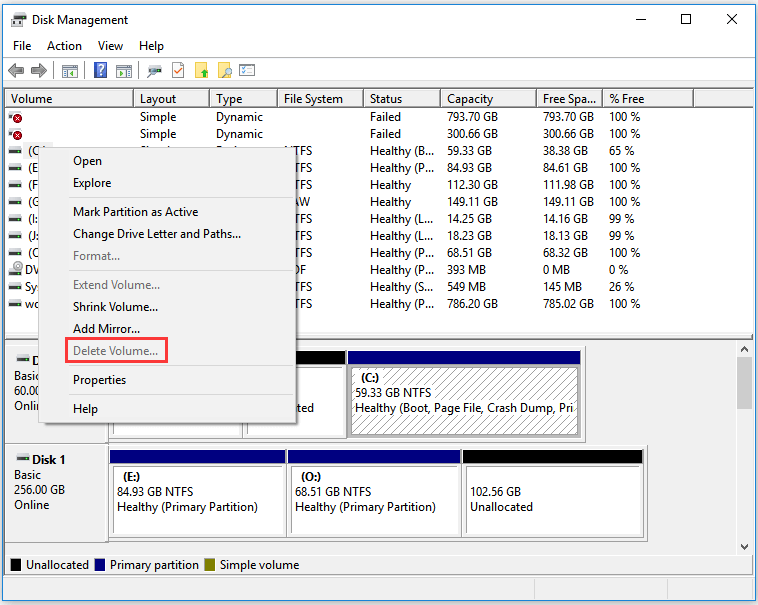

- #Volume manager note 4 how to#
- #Volume manager note 4 driver#
- #Volume manager note 4 full#
- #Volume manager note 4 windows 10#
Lifecycle Stages: Designate the stage of a package in its lifecycle by setting it to New, Tested, Published or Retired. A program can contain several applications depending on how you build it.Īpplications based on company departments It will appear in the programs pane of App Volumes Manager. Programs: Auto-generated during the packaging process. You can assign a stage in its lifecycle to a package ( New, Tested, Published, Retired). Packages: This is where you run the packaging tool to capture the bits of the software, just like AppStacks. Assignments are done at the application level. It could relate to an actual application like notepad++ or to a certain population of users like Marketing that contains everything the marketing desktops need. What used to be App Stacks to build applications is now split into 3 parts to improve their lifecycle management.Īpplications: An application is a collection of packages irrespective of the software version. New in App Volumes 4.0 – Overview Application packaging

The new version brings a slightly slicker user interface and rethinks the way applications are packaged for distribution while remaining compatible with App Stacks created under 2.x. This solution gives administrators a great deal of granularity regarding their desktop populations while relying on a small number of golden images to reduce administrative overhead.Īpp Volumes had been on the 2.x release cycle since the beginning after VMware’s acquisition of Cloud Volumes, its ancestor.

Applications are delivered by attaching a standard VMDK file to a virtual machine and are centrally managed by the App Volumes Managers.
#Volume manager note 4 how to#
#Volume manager note 4 driver#
AMD Radeon Ubuntu 20.04 Driver Installation.How to install missing ifconfig command on Debian Linux.
#Volume manager note 4 windows 10#
Ubuntu 20.04 Remote Desktop Access from Windows 10.

How to find my IP address on Ubuntu 20.04 Focal Fossa Linux.How to install the NVIDIA drivers on Ubuntu 20.04 Focal Fossa Linux.How to edit fstab to automatically mount partitions.How to create a filesystem on logical volumes.How to install LVM on major Linux distros.
#Volume manager note 4 full#
By the end of this tutorial, you’ll have a full understanding of how to use LVM and apply your own configurations. We’ll also show how to mount, extend, and remove our newly created logical volumes. LVM works the same on any Linux distribution, so you can use any of the commands below on your own system.įollow along with us as we use LVM to create partitions, physical volumes, a virtual group, logical volumes, and filesystems on a hard disk. There’s no better way to learn about LVM than simply running through an example, which is exactly what we’ll do in the steps below. In this guide, you’ll learn how LVM works on Linux systems. As the name implies, it can sort raw storage into logical volumes, making it easy to configure and use. Logical Volume Manager (LVM) is used on Linux to manage hard drives and other storage devices.


 0 kommentar(er)
0 kommentar(er)
